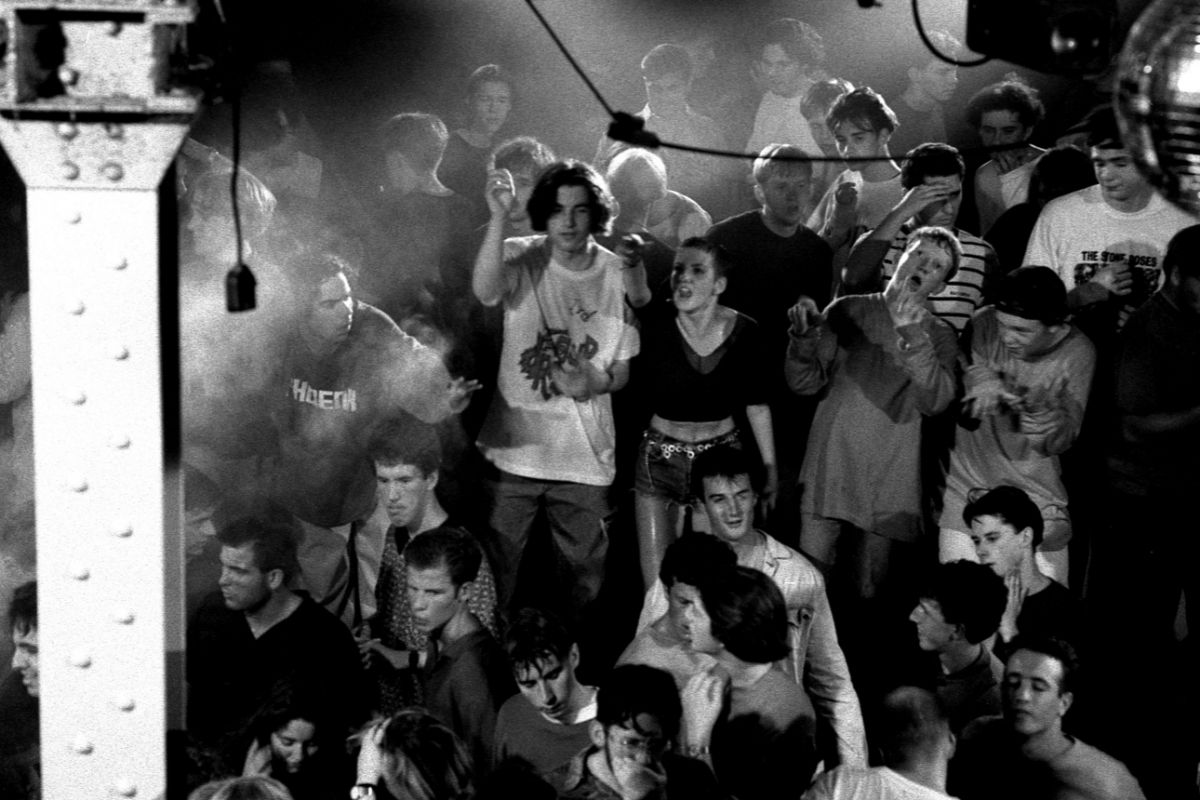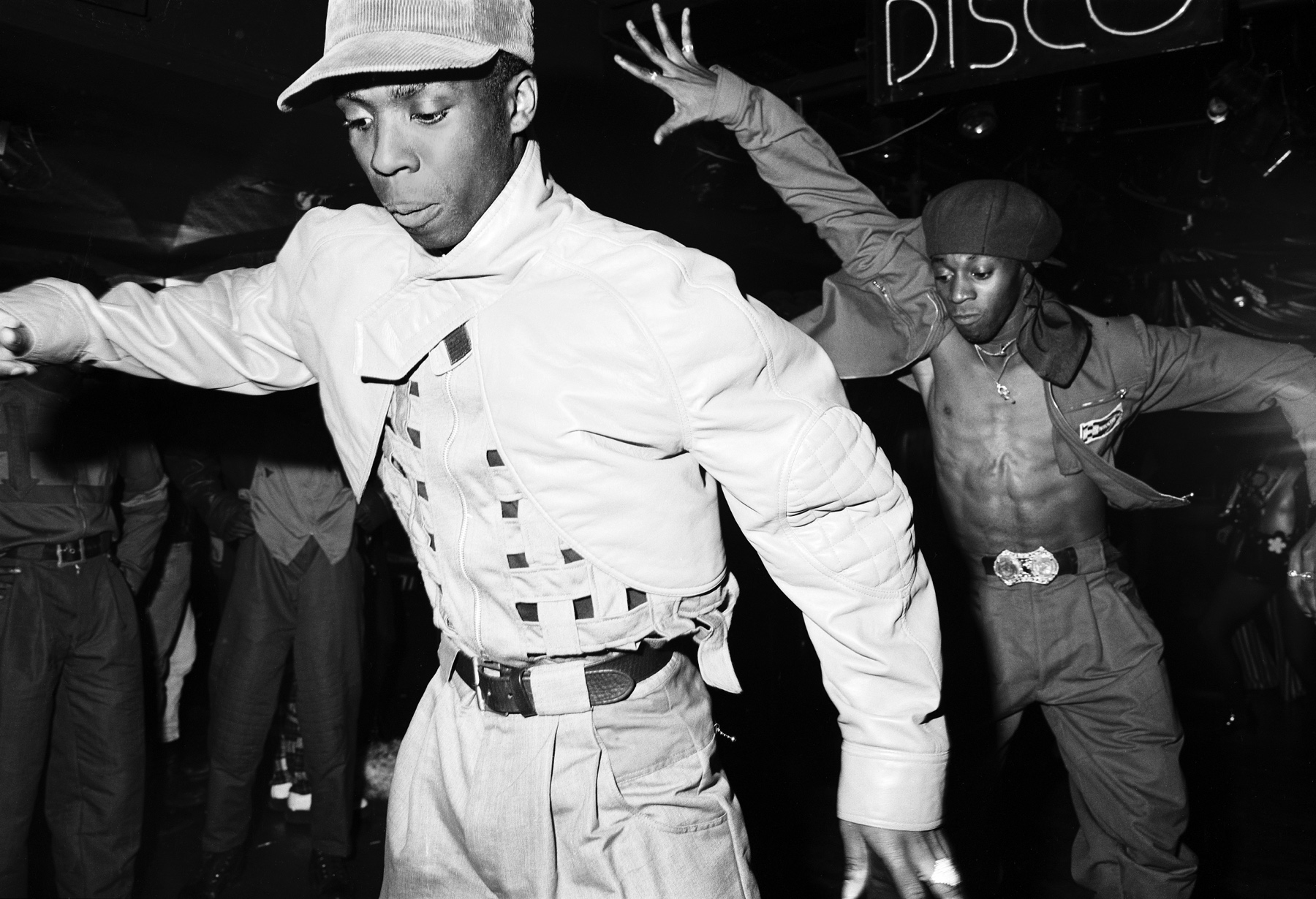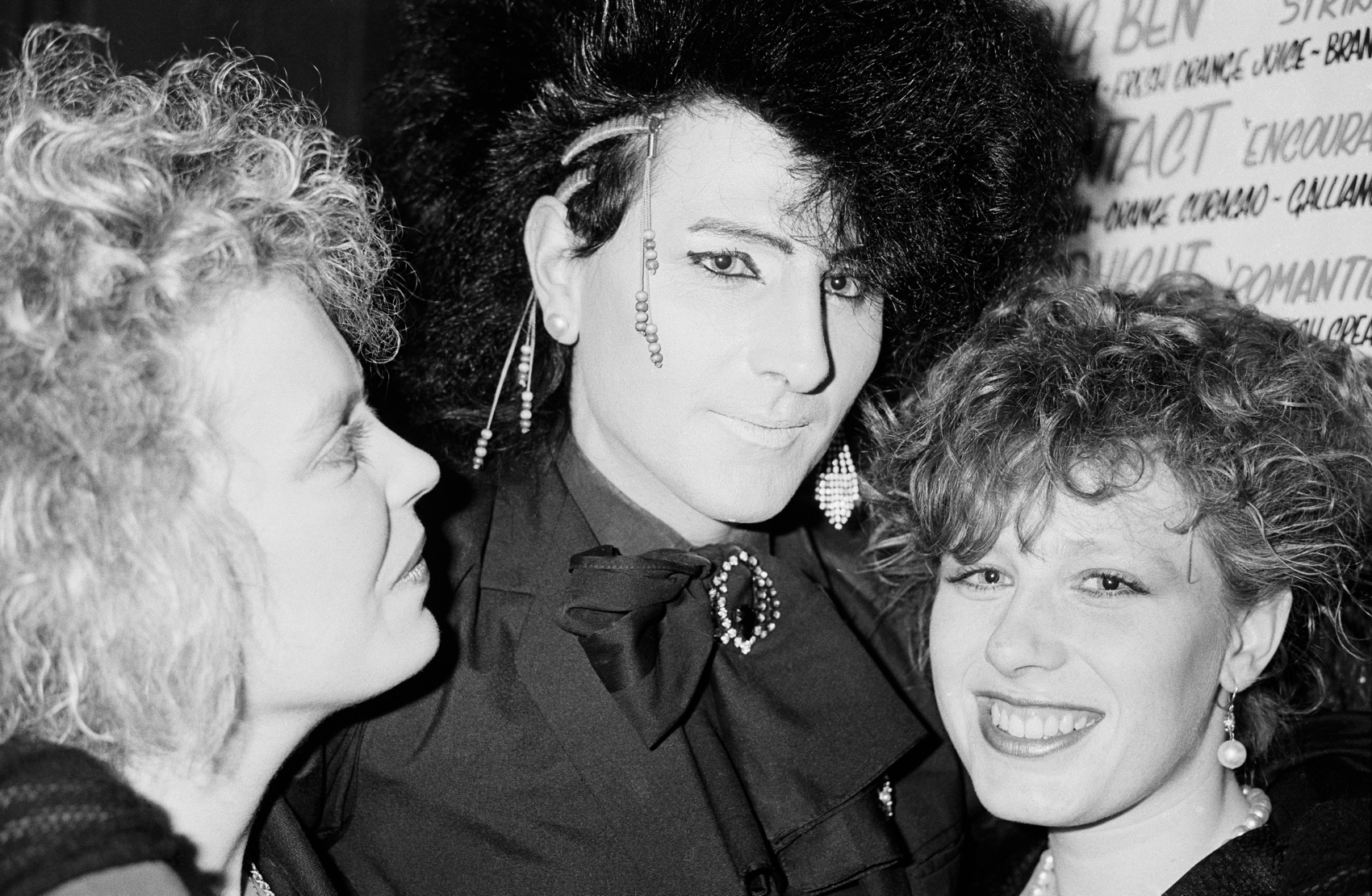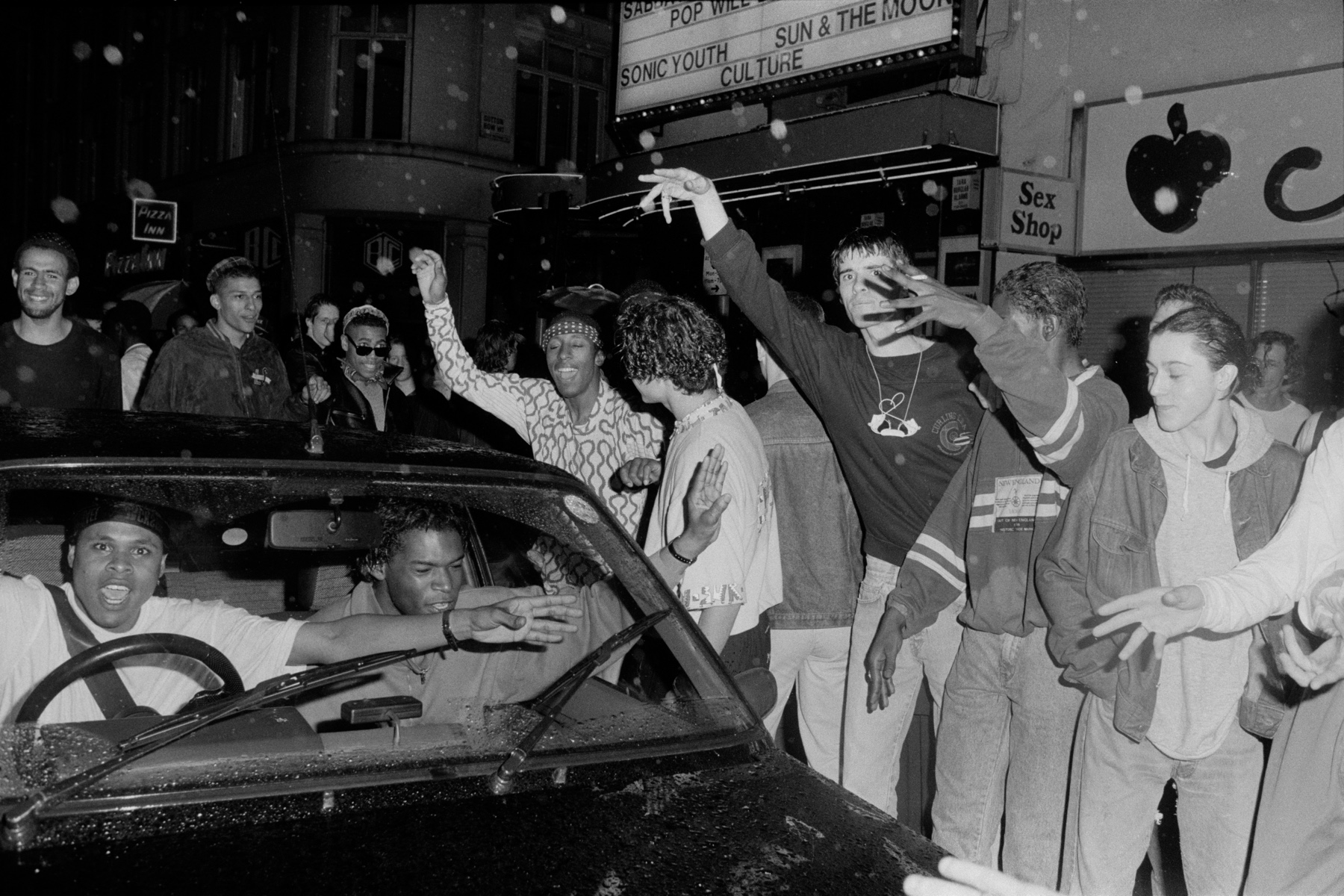Late 70s: New York Disco
Nowhere defined the decadence of the late-70s more than Studio 54. The legendary NYC disco club (launched in 1977 by Steve Rubell and Ian Schrager) was housed in a former TV studio and remained a Manhattan hotspot until its closure in 1980. Mega-stars of music, fashion, film and art - including Michael Jackson, Grace Jones, Calvin Klein, Liza Minnelli, Andy Warhol and Salvador Dali - partied alongside the city’s hottest dancers, drag queens and models. Gaining access to Studio 54 was tough: Steve Rubell wanted fun vibes and a socially “tossed salad”. Celebrities or anyone with an attention-grabbing image were ushered straight in (Bianca Jagger once allegedly arrived on a white horse), while hundreds of other hopefuls clamoured outside, desperate for the doorman’s approval. Inside, however, everyone mixed and mingled prompting Warhol to describe Studio 54 as, ‘A dictatorship on the door and a democracy on the dancefloor’. The soundtrack? DJ Nicky Siano’s irresistible mix of Chic, Sister Sledge and Donna Summer.
Key Tracks









